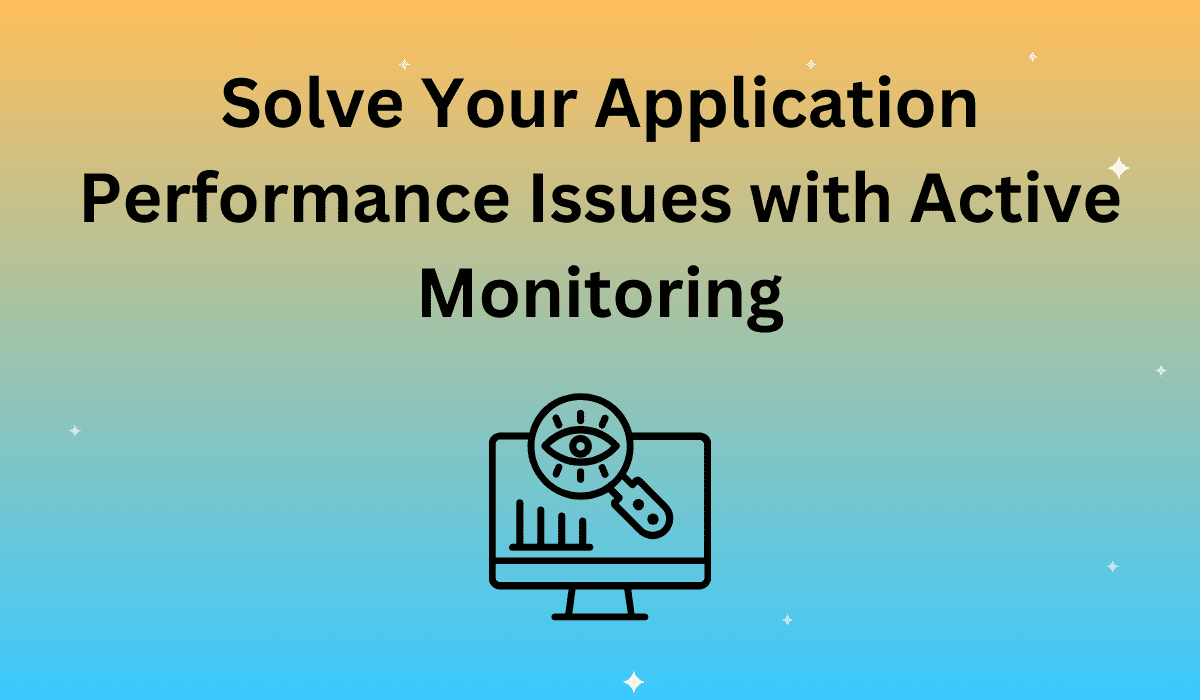Around the world, more and more companies and government organizations are reporting massive data breaches. These breaches don’t just cost them a significant amount of money–they can also jeopardize the hard-earned trust of their customers and employees.
With this in mind, businesses of all sizes are tuned into the importance of data security. When traditional virus and malware software don’t make the cut, how can developers and programmers ensure that their sensitive information is protected – or in the worst case scenario – that a data breach is discovered and dealt with quickly, before it escalates out of control?
Testing: Data Security’s New Best Friend
Each website has its own unique behavior, and the first hint of a problem or dip in performance is a change in that behavior. Through regular testing, your development team can learn how a site or application reacts to a variety of situations, including a security breach, enabling quick and decisive response to any sudden business risk.
There are a variety of factors that can be tested to determine the security level of your system. One of the first symptoms of malware or a virus is a slow or failed connection. Load tests and uptime tests can help determine if the site’s load speed has suddenly changed. A program of regular testing is important so you can test (and retest) to identify a potential data breach and diagnose any perceived performance degradations.
Regular testing will also help you to track a site’s behavior over time. By charting a site’s performance over the span of several months, your team should be able to recognize a change in normal behavior (which may signal a threat) before it poses any serious risk.
Security Testing
Penetration Testing, also called Network Threat Testing, is critical for determining how vulnerable your system may be to a cyber attack, and can help hone your team’s response time to such an event.
A company like Apica can simulate an Advanced Persistent Threat (APT) or Distributed Denial-of-Service (DDoS) attack and determine how and when your system detects the threat. Based on the results of the test, your team can then get to work improving any areas of concern.
It’s critical to lessen the time between the breach and the victim’s response (known as the Security Gap). Unfortunately it’s not always easy to tell if a system has been breached, and hackers are only becoming smarter and stealthier. Ongoing testing is one way to stay on top of system health and performance, and helps ensure your team understands the warning signs in the event of a data breach.
Monitoring to Improve Security
Developers and programmers should also track website performance in between testing cycles. A good monitoring service will track all components of the system at all times, including all desktops and mobile devices. During and between testing cycles, your site will be constantly monitored for even the most subtle attacks and performance dips.
If the site or application is ever down, or if performance is otherwise affected, the software should send instant alerts. Your team can then respond to threats instantly, from any location. Monitoring services will help you establish key objectives for future growth, so you can keep sight of your baseline as new changes are implemented.
Testing and monitoring services are essential — and surprisingly affordable — investments for today’s cyber-centric companies. With the rising number of cyber attacks carried out every year, it’s more important than ever to protect your information–and that of your employees and clients.
Are You Ready to Achieve Peak Web and Mobile Performance?
Start a 30-day full-featured trial of Apica LoadTest or a 30-day trial of Apica WPM.
Start Your Free Trial!










